I was amazed by how immersive VR was the first time I tried it, and how realistic it felt compared to looking at a regular screen. However, although it’s highly realistic and impressive, does VR feel real? This is a question I get asked all the time, and I’m going to try to explain the answer in this article.
VR feels much more immersive than an experience on a 2D screen, but any feeling that VR is actually real is likely to be fleeting. Virtual reality feels like you are inside an experience, rather than viewing it, and VR technology is improving rapidly, creating increasingly realistic experiences.
Let’s move on to discuss how exactly VR feels, how close to reality it really is, and what the future holds for VR immersion.
Does VR Feel Real?
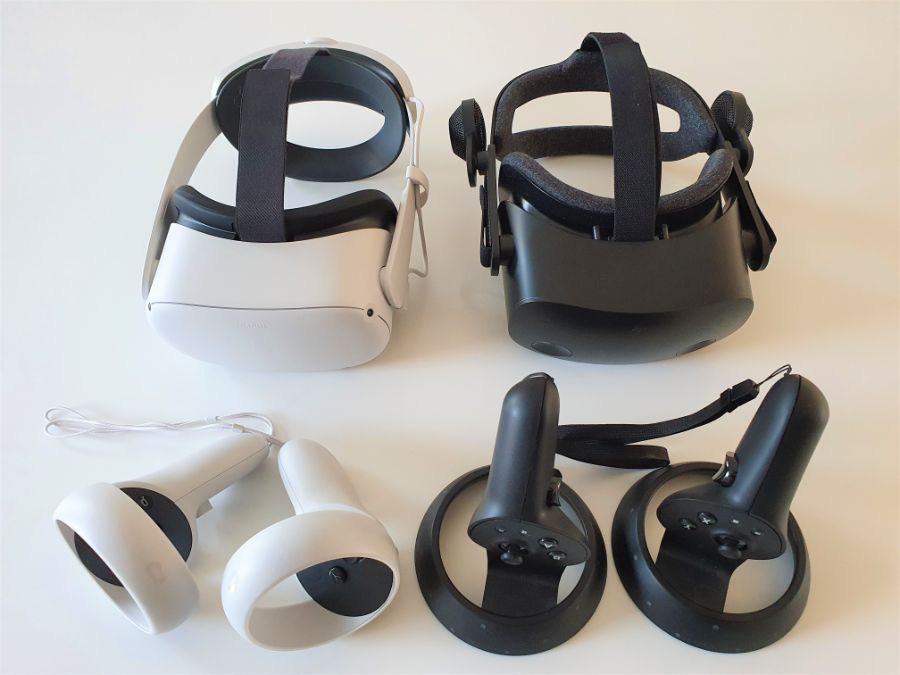
Whilst VR rarely feels indistinguishable from real life, VR hardware and software are now sufficiently advanced that there are moments when VR provides a credible illusion of reality that has you convinced for a few moments.
The combination of rapidly advancing VR headset technology, and increasingly graphically advanced software provides a highly realistic experience, but any feeling that your VR experience is actually real is usually short-lived.
You get an impression of how immersive VR can be when you look at the many videos on Youtube of people falling over as they try to lean on VR tables, or interact with objects that they mistakenly think physically exist.
These experiences indicate that they thought their VR experience was real for a second, or that they had difficulty separating VR and real life. I have had numerous experiences like this in VR, where the line between my VR experience and reality became obscured.
One recent example was when I was playing a VR bowling game and I felt my mobile vibrate in my pocket. I lifted it out to check the message, but when I looked down, I couldn’t see my mobile. It was only at this point that I realized I was in VR and couldn’t see it!
VR experiences are often much more intense than those on a 2D monitor, and I regularly find games that I would have no trouble playing on a screen, to be too intense in VR. One example is a game called The Forest VR, which is a fairly scary survival game for PC VR headsets. I’ve played this game plenty of times on a computer screen, but I found it too scary to keep playing in VR, as it just felt too real.
What Does VR Look Like?
VR feels like being inside a computer game or environment, rather than watching one on a screen. Your vision is entirely filled with the experience, up to the limit of the FOV of your VR headset, and head tracking allows you to look around the VR environment naturally.
How To Make VR Feel Real?
VR combines many features to produce a much more immersive experience than viewing an image on a digital display. Although VR technology is still developing, the level of immersion that is now possible results in moments where you actually feel like you are physically inside the VR environment.
Let’s look at the technologies that virtual reality uses to produce as realistic an experience as possible:
1. Visuals
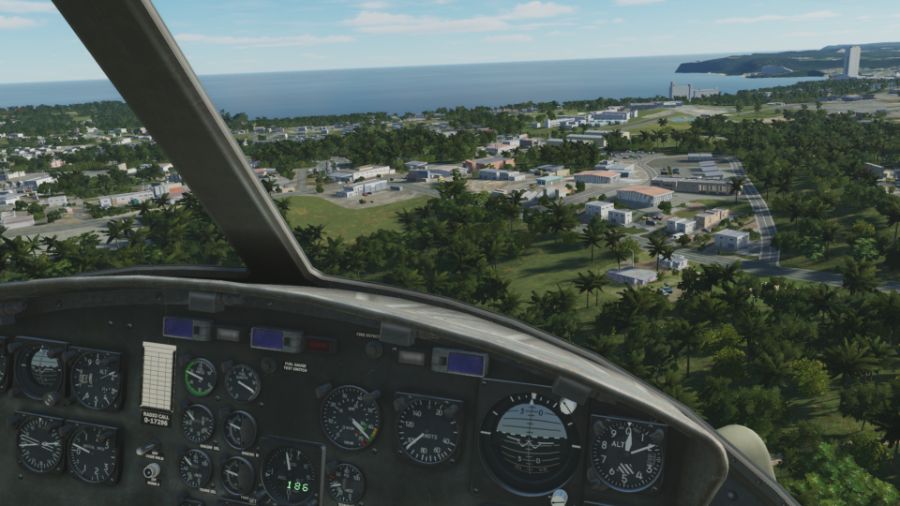
VR has reached a tipping point where the pixel density of the displays within headsets is good enough to eliminate the screen-door effect, screen resolution is sufficient to provide good visual clarity, and the graphics of VR applications are improving steadily.
The main limitation to more realistic graphics is the processing power required, although this is being mitigated by more powerful GPUs and technologies that reduce the processing power required to render high-quality images, such as eye-tracking and foveated rendering.
Whilst the resolution and graphical fidelity of VR experiences help greatly, the wide field of view (FOV) also makes VR feel more realistic than using a monitor. Most modern headsets can’t match the human FOV of about 200 degrees horizontally and 135 degrees vertically, but some Pimax headsets come close. Other headsets will be released with similarly impressive FOVs once the technology matures.
2. Head Tracking
Head tracking in VR allows you to move and turn in any direction and your view within VR moves as it would in real life. This means you can move your head and body using natural motion to change your view within VR, greatly improving immersion.
If you want to look behind you, just turn your head, and you can physically lean forwards to get a closer look at something. This isn’t something you need to learn in VR, because it’s the same natural movements we use in real life, and is a key reason why VR feels real. Everyone that I’ve seen try VR for the first time knows instinctively what to do to make the most of head tracking.
3. Stereoscopic Imagery
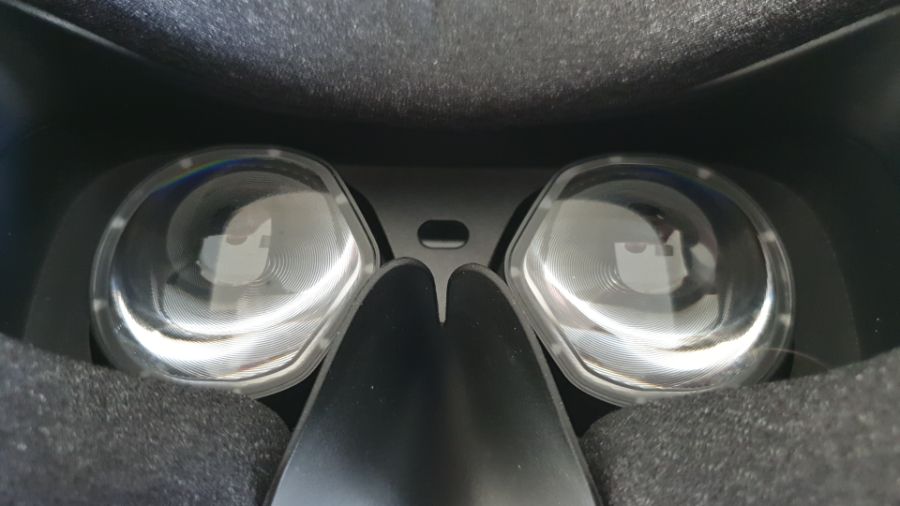
Humans process images from slightly different angles through each of their eyes, to produce a stereoscopic image that allows us to process 3D images, providing much better depth perception than viewing a 3D image on a screen. Although 3D glasses and screens have tried to provide this experience in the past, the effect is much more natural in VR.
The combination of graphical fidelity, stereoscopic imagery, and head tracking combine to create a huge gulf in immersion between VR and 2D experiences. The best way to describe the difference between VR and a large 2D screen is that in VR, you feel you are inside the experience, rather than watching an experience.
4. Realistic Actions And Controls
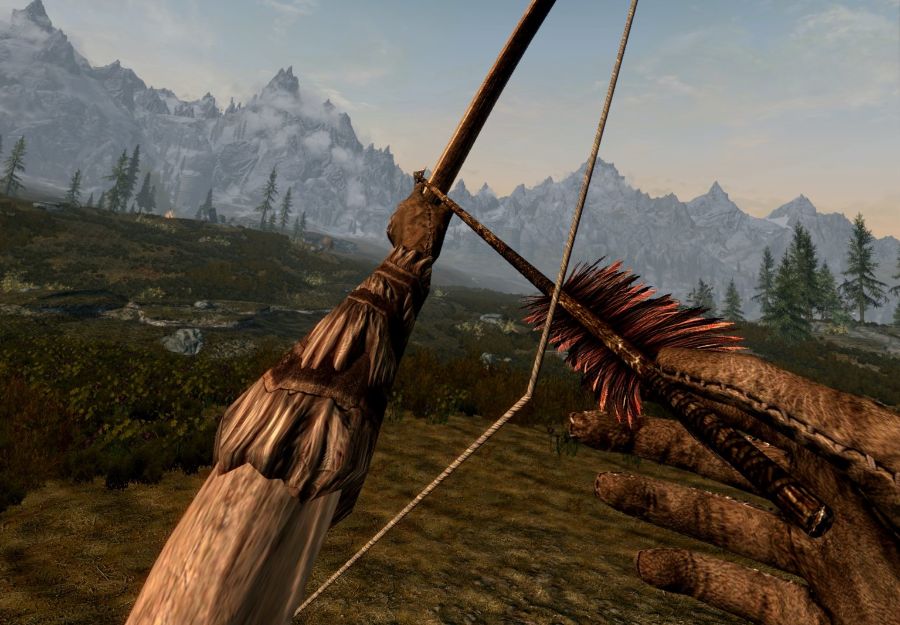
Early VR required you to use a controller or buttons to control what happened in your VR experience, but increasingly, software developers are making use of natural movements to mimic the actions that you would use in real life to do the same thing.
Examples include shooting a bow and arrow in VR, where you need to mimic the action of drawing back the bowstring and releasing it to fire, or making the same motions that you would use in sports such as table tennis, golf, or bowling to play these types of VR games.
5. Immersive Sound Makes VR Feel Real
It’s very easy to overlook the impact of good sound design and delivery in creating an immersive experience, but this is another area that makes a huge difference in making VR feel real. VR headsets keep improving the quality of the integrated audio experiences, whilst audio designers are getting better and better at producing realistic, 3D audio.
6. Standalone VR Headsets
Although a seemingly minor point, the arrival of powerful standalone VR headsets makes a big difference in the level of immersion that you can achieve. I have used PC-tethered VR headsets for years, and it is very hard to lose complete awareness of the fact that you are attached to your computer with a bulky USB or power/display cable, that often gets twisted or tugged on if you don’t remain aware of it.
Multiple VR headsets now contain sufficient processing power to provide quality VR experiences without needing to use the power of a tethered VR-ready PC. Even better, quite a few current, and soon-to-be-released headsets allow you to link to a VR-ready PC by WiFi, allowing you to use the processing power of a computer while having the freedom of a standalone headset.
7. Hand Tracking
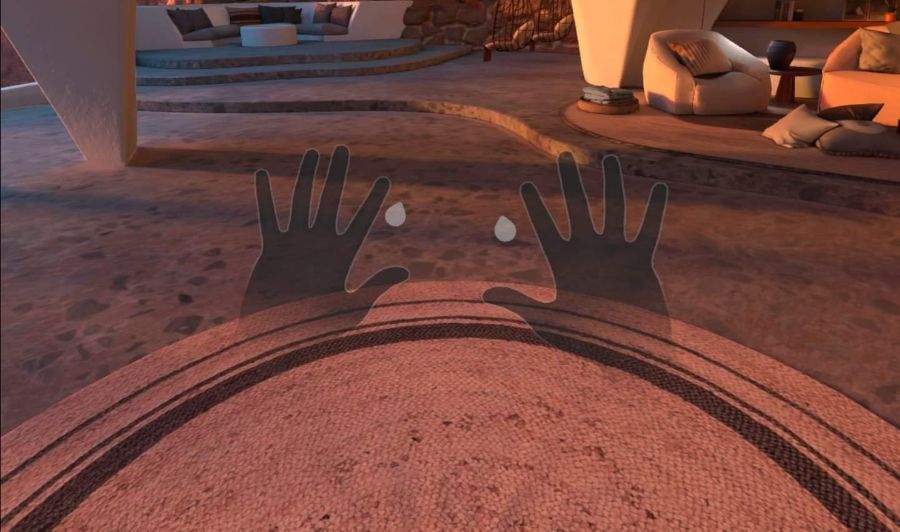
Hand tracking takes things another step further, negating the need for VR controllers and allowing you to use entirely natural movements and gestures, that can be translated into in-game actions. A number of headsets now have integrated hand tracking features and being able to use your hands naturally makes a big difference and can make VR feel real in many situations.
8. Haptic Feedback Increases Immersion In VR
Whilst the progress of immersive visual and audio technologies has been impressive and has a clear development path for the future, this only covers two of our senses. Haptic feedback aims to make VR feel real by adding tactile feedback and, in some cases, realistic touch sensation to VR.
When you see objects in VR it is human nature to try and touch, grasp, and manipulate the virtual objects. Thanks to the development of haptic technology it is now possible to feel people, objects, and sensations in VR. VR haptic technology adds another dimension to the VR world by letting users feel the virtual environment via the sense of touch. It makes you feel more a part of the virtual world you are in.
Haptic technology can best be described as using tactile sensations to stimulate the sense of touch. Haptic devices are designed to let you feel real sensations in virtual reality. There are a growing number of haptic devices that have been designed to make VR even more realistic. Haptic gloves and bodysuits are already available on the market and are designed to be used with VR headsets.
Companies such as Haptx are developing highly impressive haptic gloves that provide touch, pressure, and vibration sensation through multiple points of tactile feedback per hand that displace your skin the same way a real object would.
Whilst most haptic feedback products remain firmly in the realm of ultra-enthusiasts, the technology will no doubt filter down into more accessible consumer products.
Why Doesn’t VR Feel Real?
Despite all of the technologies we have discussed above that help to make VR as realistic as possible, VR doesn’t often feel completely real. The reason for this is due to two factors.
Firstly, many of the technologies that help to deliver VR are relatively immature, and still need massive improvements before they are perfected and provide the most immersive VR experience possible.
Secondly, there are aspects of real life that VR cannot hope to recreate, that will always prevent VR from feeling completely real. An example of this is when using VR in a driving simulator. You can simulate the visuals, audio, and game physics perfectly, but it’s incredibly difficult to accurately simulate the vibrations of the car, the G-force as you accelerate and turn, the smell of the engine, and the feeling of wind in your face.
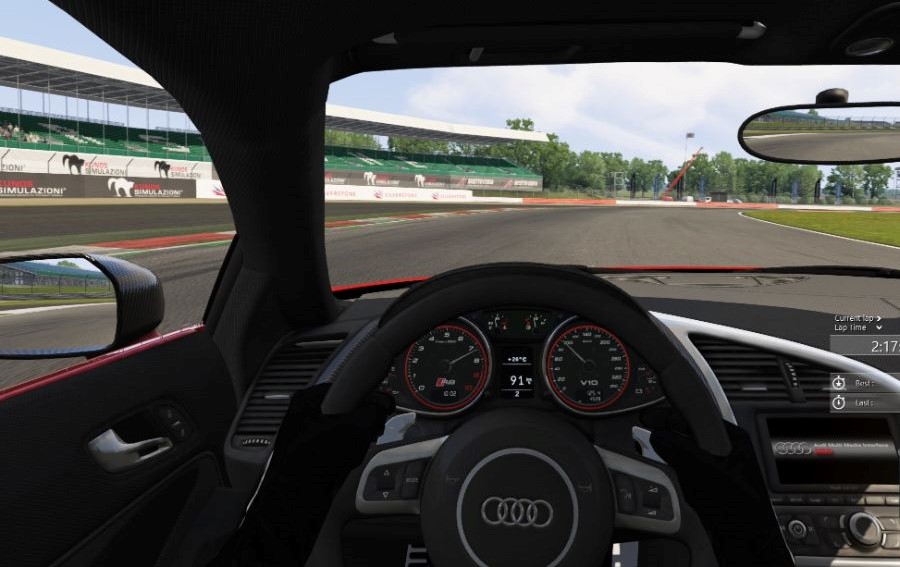
You can mitigate all of these issues with technology, but it’s not possible, or even desirable to completely recreate reality. Whilst most people want to have an incredibly immersive VR experience, it doesn’t have to feel completely real for you to have a fantastic experience.
When Will VR Feel Real?
It is debatable whether VR experiences will ever feel entirely real, but there is huge scope to improve multiple aspects of the hardware and software to produce increasingly realistic experiences. Already, many people who have used VR headsets can point to occasions when they have had an intensely immersive experience, but it is rare to lose track of what is real and what is not for very long.
In the same way that many computer programs now have exceptionally realistic graphics, sound, and modeling of real-life experiences, I anticipate that VR will follow the same path. The difference is that the greatly increased level of immersion in VR will provide experiences that feel much closer to reality.
There are a number of industrial, military, and flight simulators that make use of all of the available immersive technologies and can produce immensely realistic experiences, but these are far beyond the scope for most users of VR.
What Is The Most Realistic VR Headset?
This is a question that is open to a lot of debate, but there are a number of current VR headsets that provide a fantastically immersive, realistic experience.
Although it is currently at the very top end of consumer headsets, the Varjo Aero is a PC-tethered VR headset with a fantastic combination of market-leading visual clarity and good FOV, but requires external tracking stations, and has a high price point, so is one best left to the ultra enthusiasts.
If you have never previously used a VR headset, I would thoroughly recommend the Oculus/Meta Quest 2 as this provides an excellent VR experience at a price that starts at $300. You’ll get 80-90% of the performance of the very best headsets, but for a fraction of the price. Although not the best VR headset I own, it’s the one I currently use the most.
The other headset that I currently use and love is the HP Reverb G2, which is a PC-VR headset with fantastic visual clarity. It’s not quite as good as the Varjo Aero, but it has terrific visual clarity, a good FOV, inside-out tracking and costs less than 1/4 of the price of a Varjo Aero.
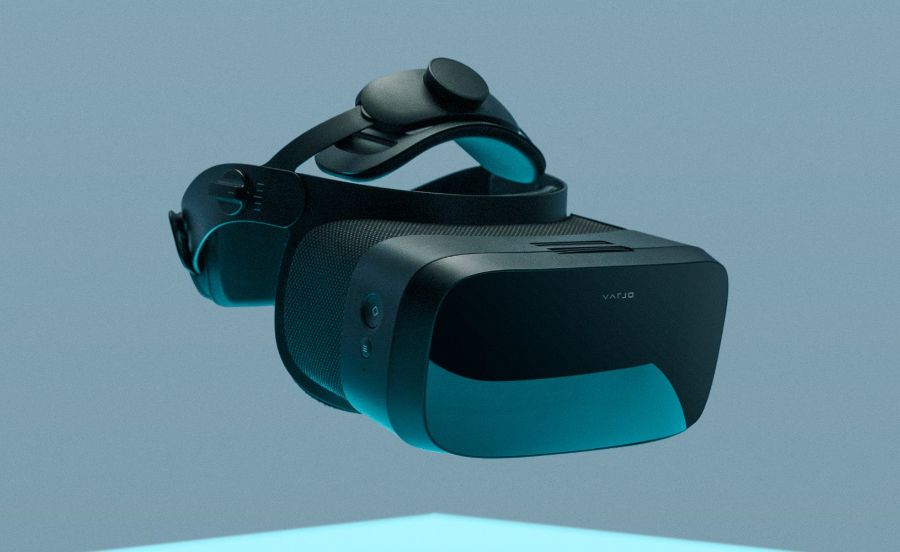
Can Virtual Reality Substitute For An Actual Reality?
There have been countless times when I have had a virtual reality experience that has been more than good enough to substitute for the real-world equivalent. Although I’m not often left wondering what is real and what is not, VR can provide a great substitute for the real thing. Here are three different examples of what I mean:
1. The first example is a virtual reality flight simulator called DCS World that I have spent many hours in. This flight simulator combines fantastically realistic landscapes, with aircraft that have been built to look and perform exactly like their real-world counterparts.
I am able to put my VR headset on and sit in a perfect recreation of the UH-1H Huey helicopter, undertake a full start-up procedure, and then fly off into the sky using my cyclic, collective, and foot pedal controls. The experience is breathtaking and feels so incredibly realistic. Whilst the physical controls I use aren’t perfect matches for the aircraft, and many aspects can’t match the real-world experience, this is a terrific substitute for the real thing.
It wouldn’t be possible for me to fly a real UH-1H Huey, so virtual reality lets me get as close to the real experience as possible.
2. The second example is using Google Earth VR to check out some potential holiday destinations that I have never been to. I’m able to enter street view mode and get panoramic views of places I would like to visit, helping me to visualize the place and plan what hotel to stay in and what to do when I am there. I get a much better idea of the geography of a place in VR and a much better impression of whether I should visit compared to looking at pictures online.
3. The third example is that certain sports in VR can feel really close to playing the real thing. Two stand-out examples are Eleven Table Tennis, where your movement and shots feel as close to really playing Table Tennis as I ever thought was possible in VR, and the other is Premium Bowling VR, which again feels just like real bowling, with the exception of the lack of weight of the bowling ball. I was left completely satisfied by both of these games as substitutes for the real thing.
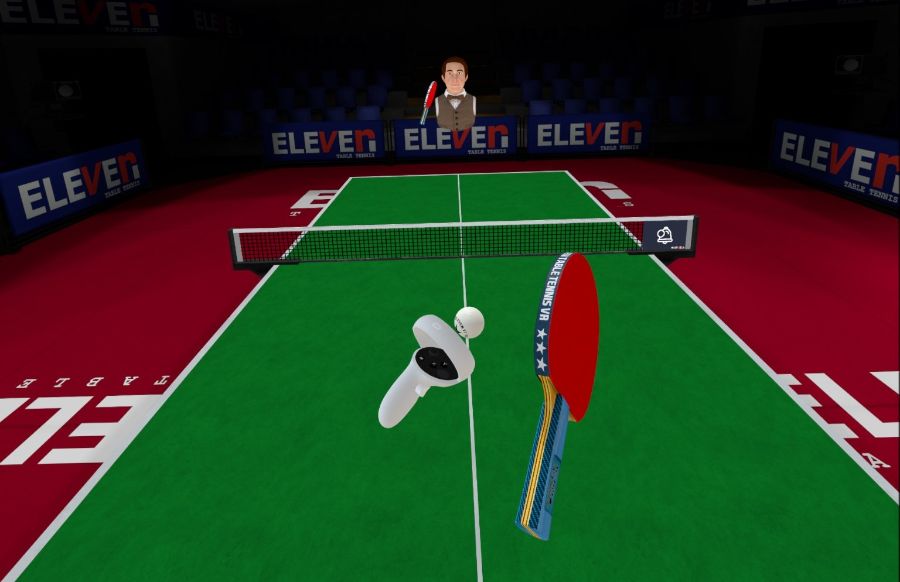
Why Does VR Rely On Slightly Different Views For Each Eye?
VR headsets need to produce slightly different views for each eye to produce a stereoscopic image and 3D experience that is similar to real life. VR headsets mimic normal vision by projecting images, via individual lenses, onto the back of each eye. The images of the same scene are from slightly different angles, allowing your brain to calculate depth as it combines the pictures to produce a 3D image.
Can You Feel Pain In VR?
There are a number of products such as haptic vests and trousers that will simulate impacts on your body using small motors, and these can cause strong feedback sensations while you are in a VR experience, including pain.
